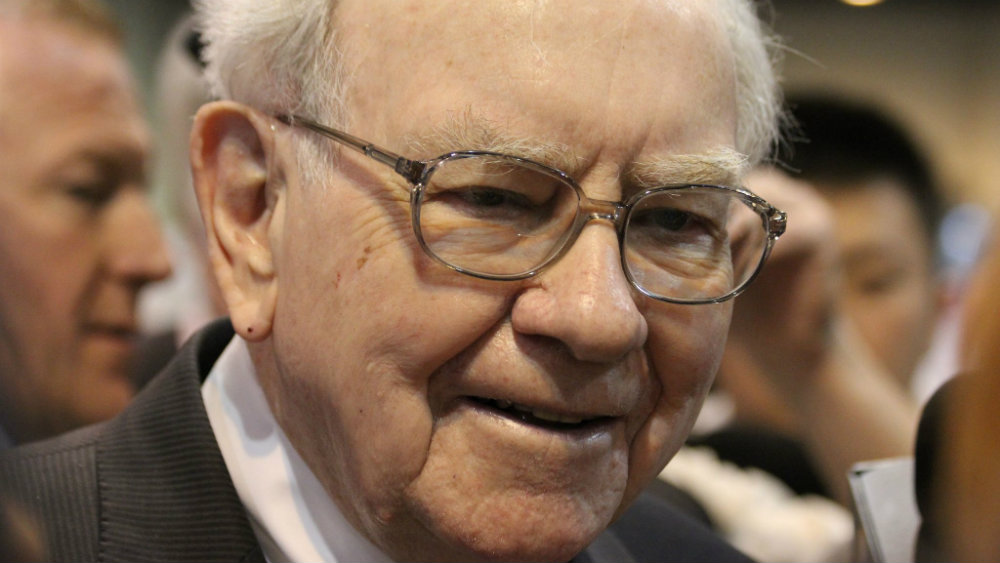Has the Wizard of Omaha gotten too old? He doesn’t understand the millionaire market, or perhaps he has become too cautious about taking risky bets and capitalizing on them. These are some of the paraphrased speculations flying around concerning the Wizard of Omaha, arguably one of the greatest investors who’ve ever lived.
The funny thing is, most of the people who pass these kinds of comments about Buffett haven’t even attained a fraction of the success that he achieved.
But this article is not about defending Warren Buffett’s competence or actions or attacking Buffett bashers; it’s about clarifying one thing. There’s a great deal of difference between copying/emulating Buffett and learning from Buffett.
What we can learn from the Wizard of Omaha
For most retail investors, especially those for whom investing is a way to grow their wealth and not a primary source of income, the rules of the game are much different.
For people with a job and a business, learning market patterns, keeping their fingers on the pulse, and devising and implementing elaborate investment strategies is simply not feasible.
When most retail investors evaluate a stock, their metrics and analysis don’t probe deeper than a certain, basic level, which is good enough in most cases. But it also means that what we consider a good business and what Buffett considers a good business may be drastically different.
But that doesn’t mean we can’t learn from his wisdom, however. Playing the long game, keeping a cool head, braving the market, and developing the right attitude for investments are just some of the things we can learn from Buffett.
That doesn’t mean emulating him on every turn is a good idea, however. If he is waiting out this market crash, that’s because he can afford to be cautious.
Even if the market doesn’t dip any further, he may have missed a chance to add to his portfolio. If you don’t invest in this market crash, you may miss a once-in-a-decade chance to transform your portfolio.
An example
If you had invested in TFI International (TSX:TFII) when the market cratered and the stock fell almost 48% in March, you would have already seen capital growth of about 80%, which means a $5,000 investment in TFI in March would be worth almost $9,000 in just four months.
And the stock is still growing. It’s also a Dividend Aristocrat with nine years of consecutive increases under its belt and a yield of 2.25%.
The company has an extensive reach with facilities and operating companies in the country, the U.S., and Mexico. It recently acquired Gusgo from Vaughan. TFI’s e-commerce network extends to 80 North American cities and has over 390 facilities. The company is also a decent grower, with its 10-year CAGR equating to about 19.6%.
Foolish takeaway
Speculating whether Buffett is getting too old to lead or has become too cautious about benefiting from a market crash, or even waiting for him to make a move if another market crash hits is useless.
The best thing investors can do is learn from Buffett’s wisdom and make their own decisions regarding their investment and learn how to benefit from the current crash.








